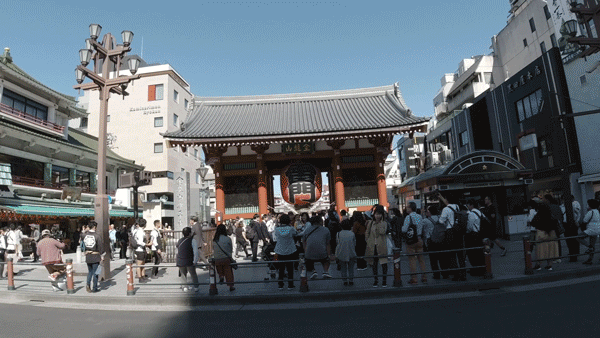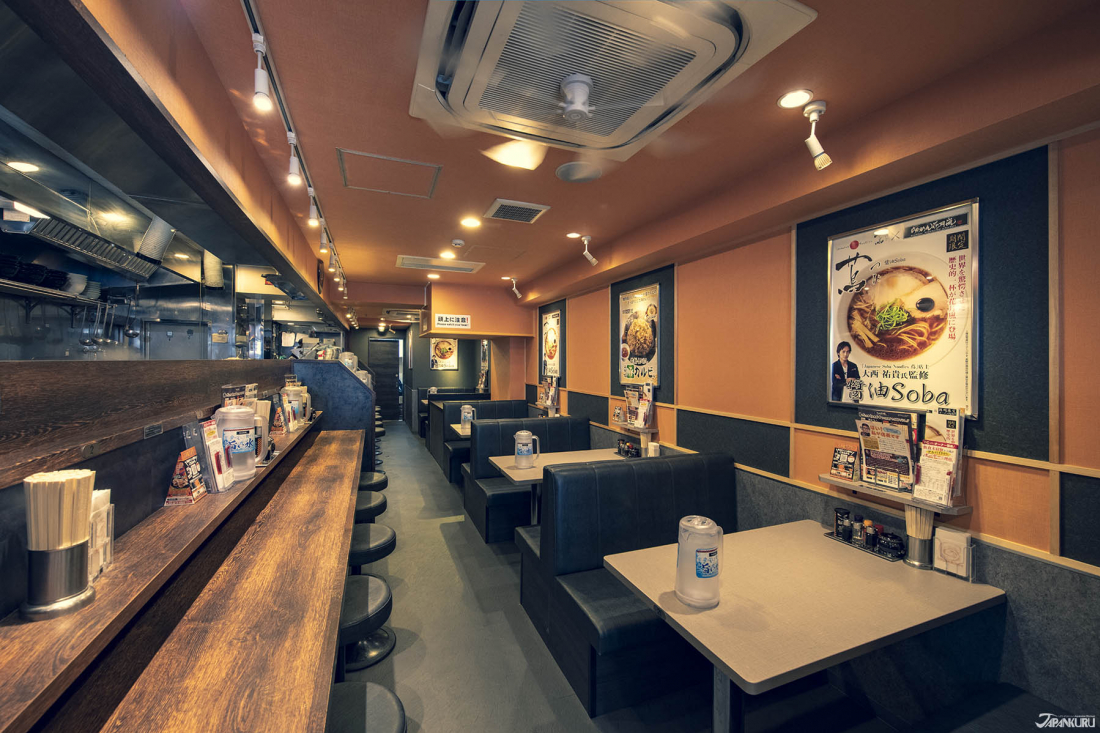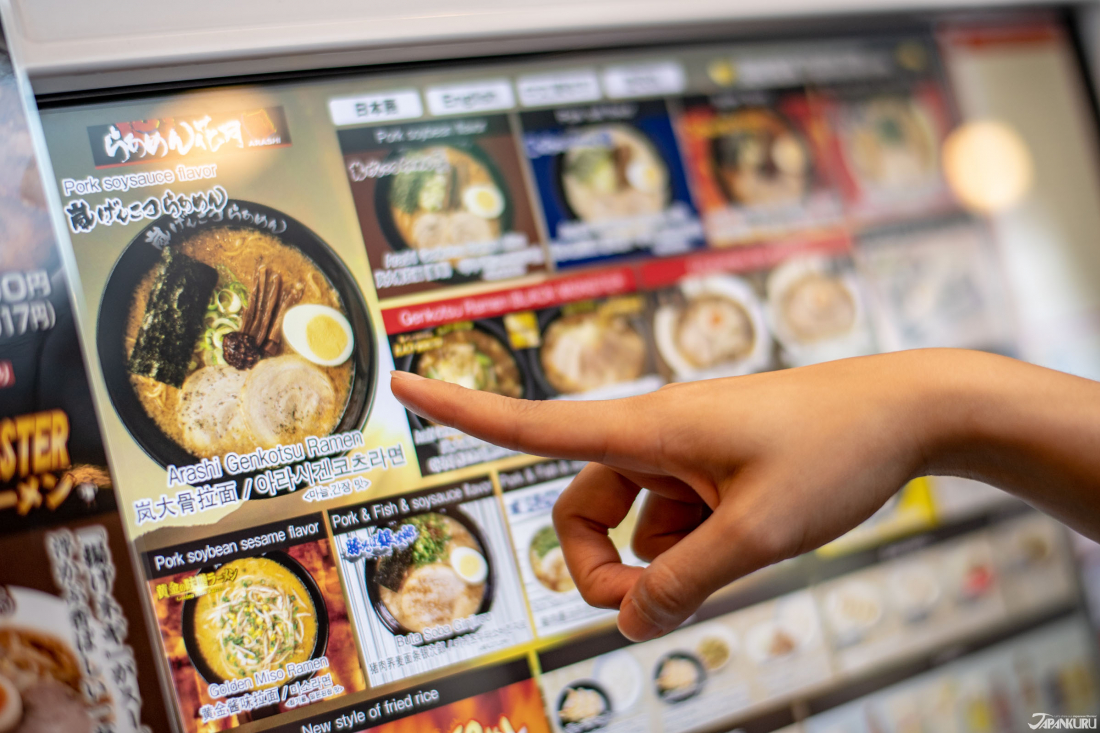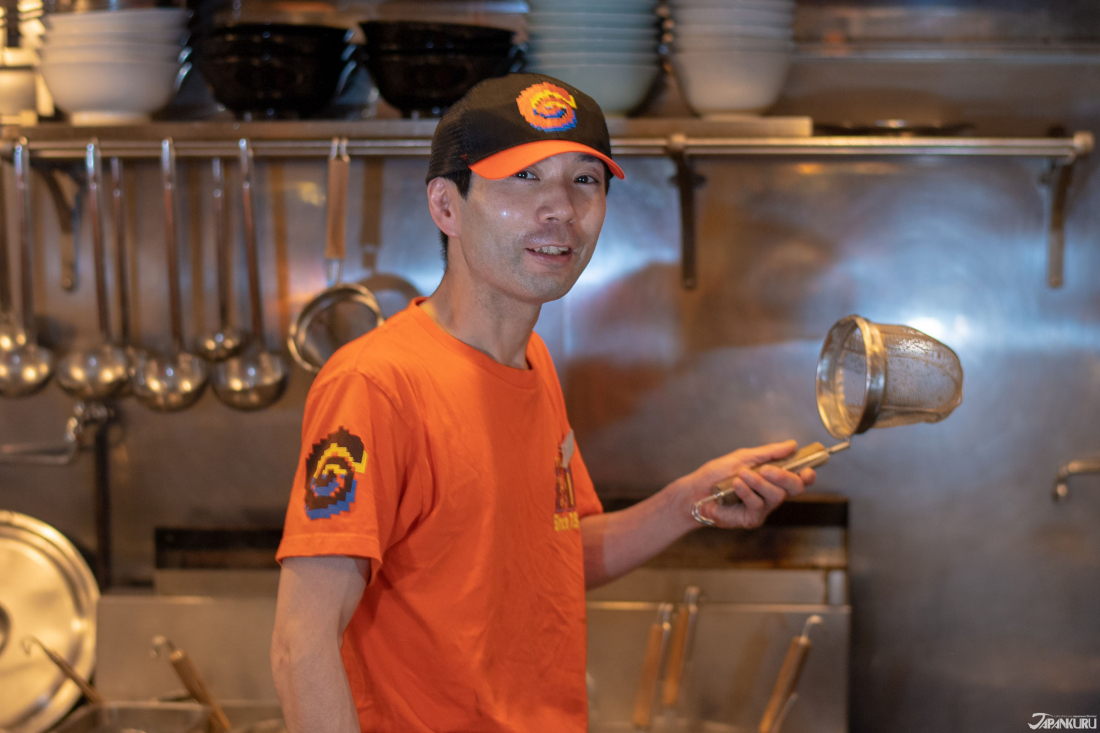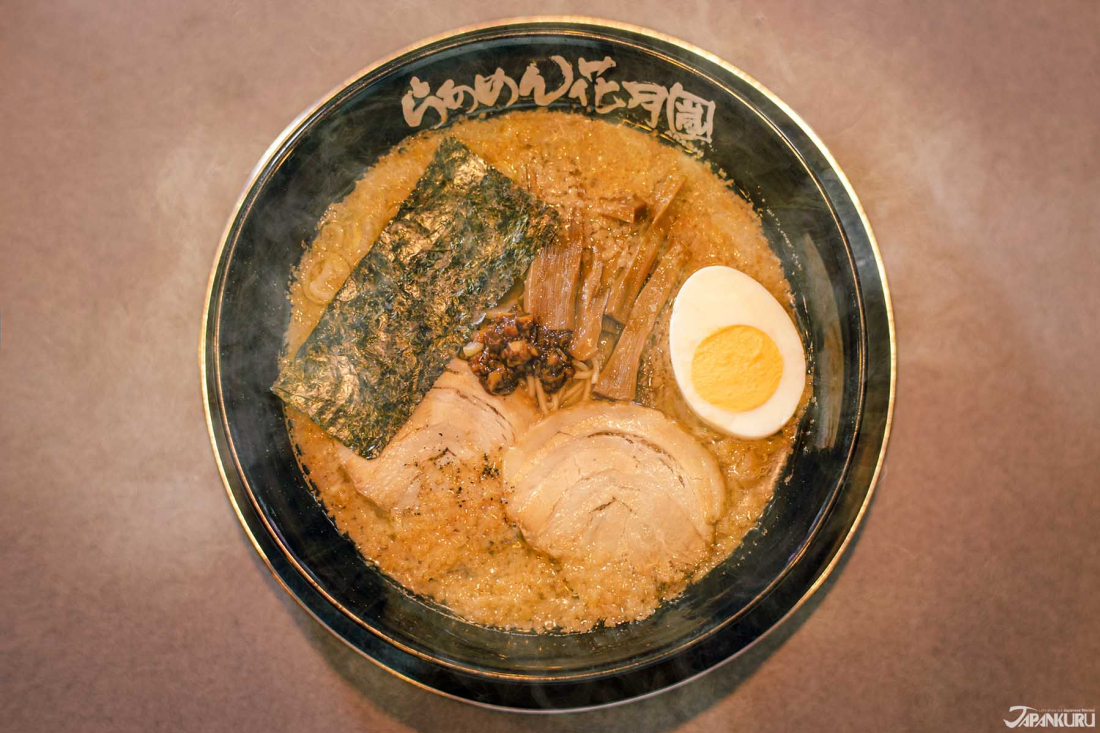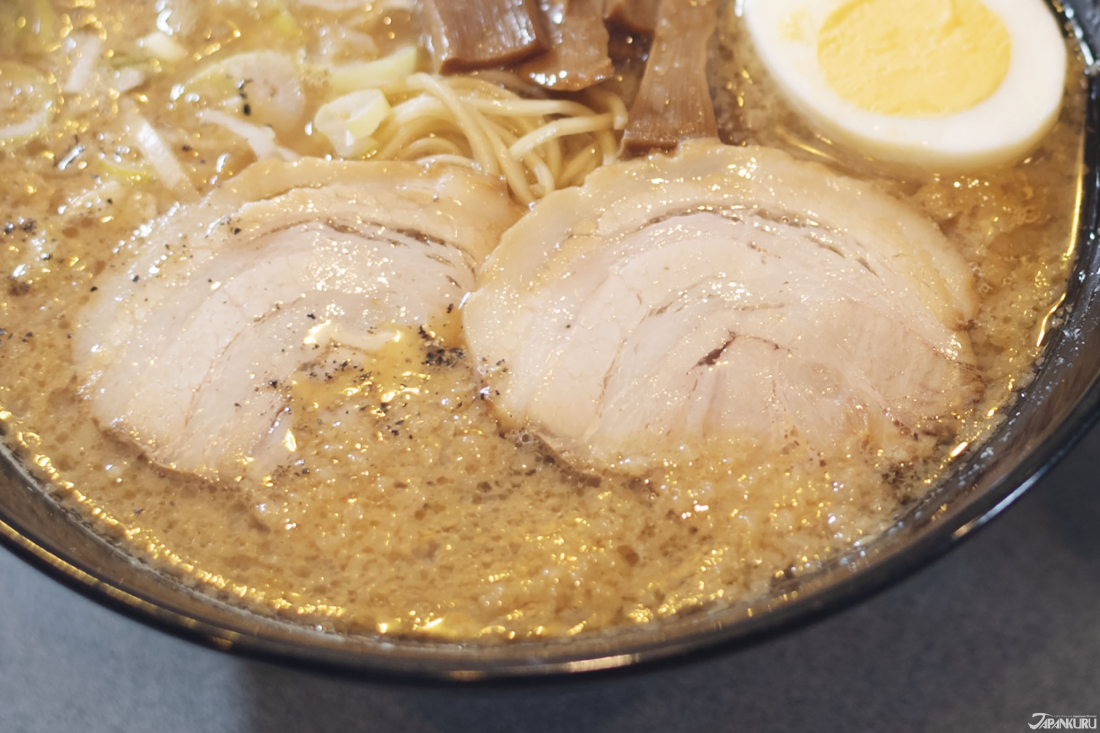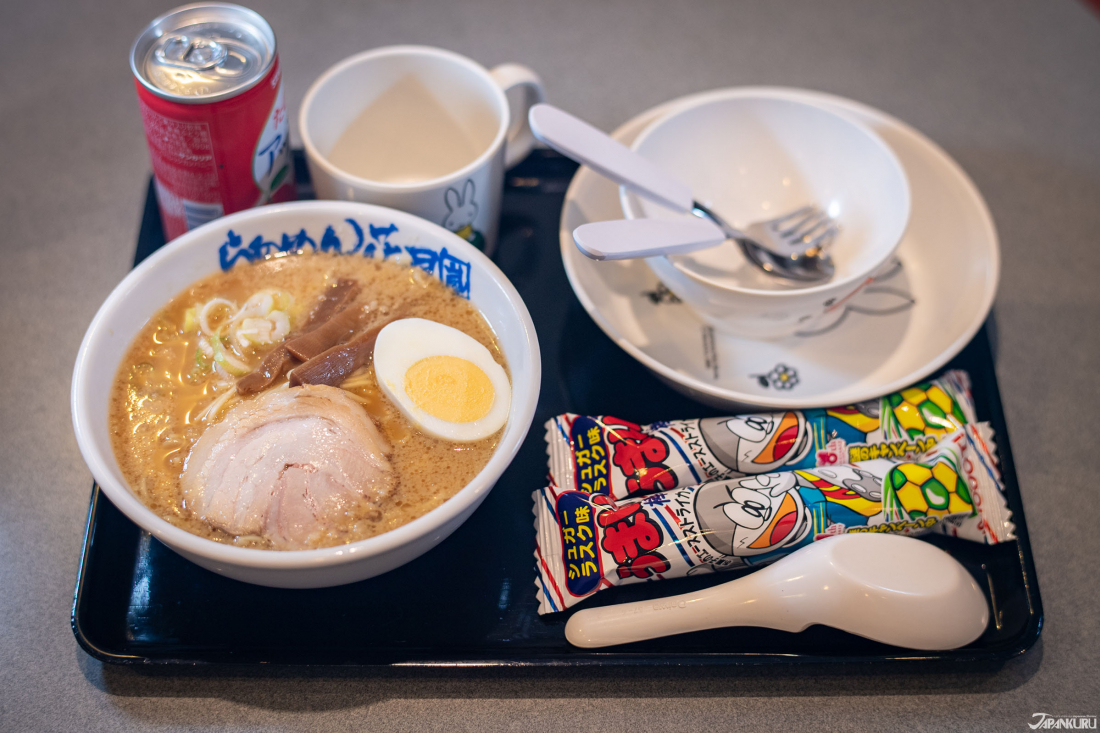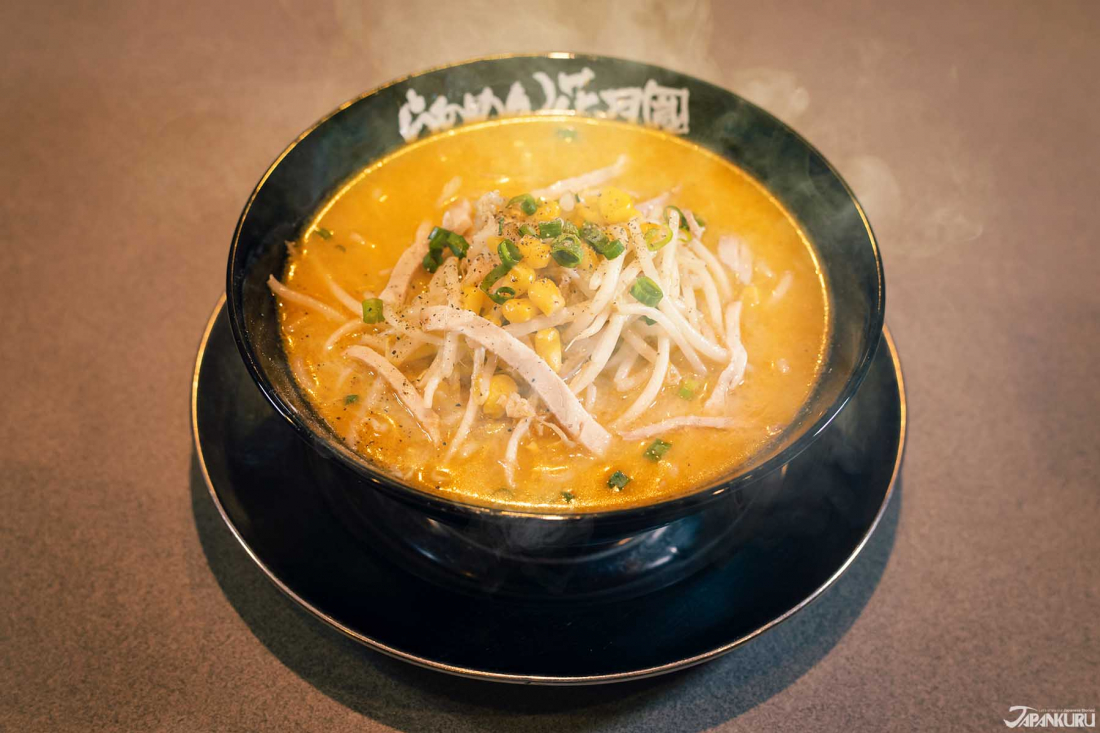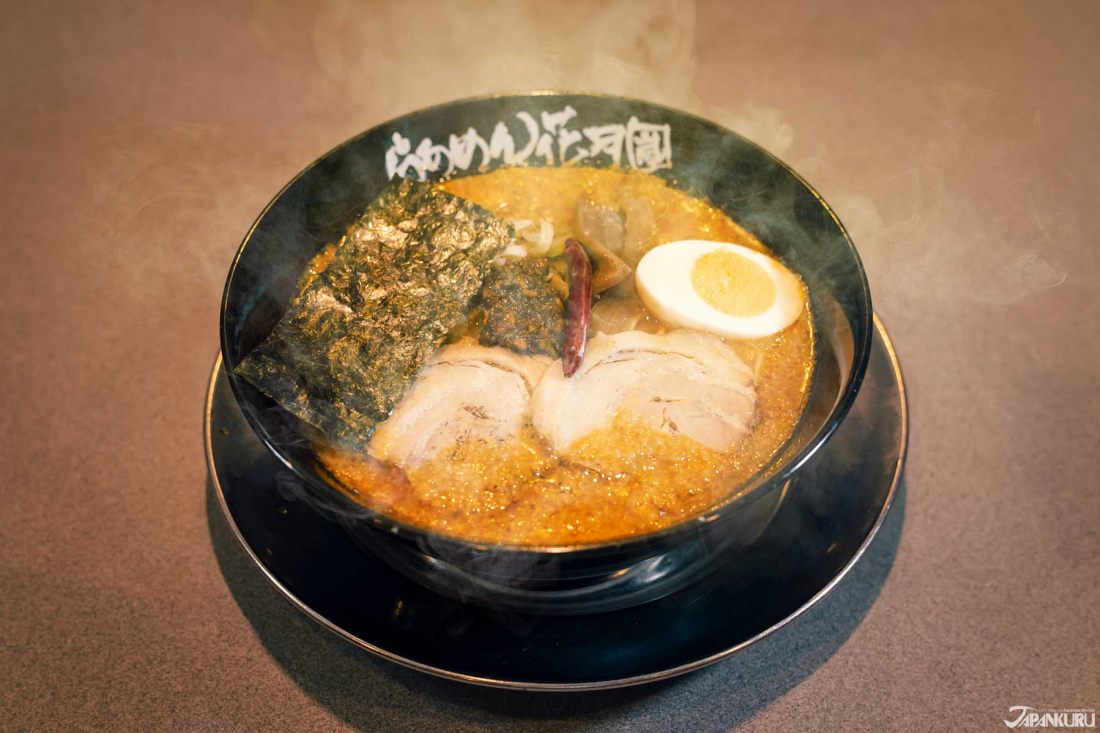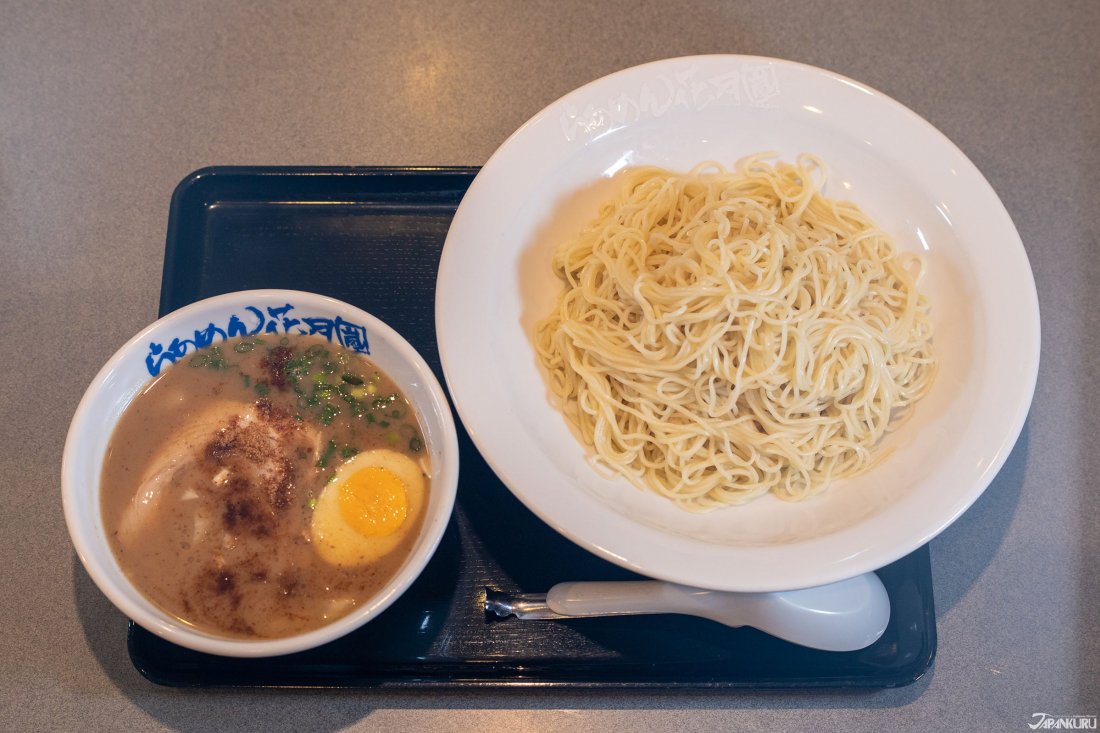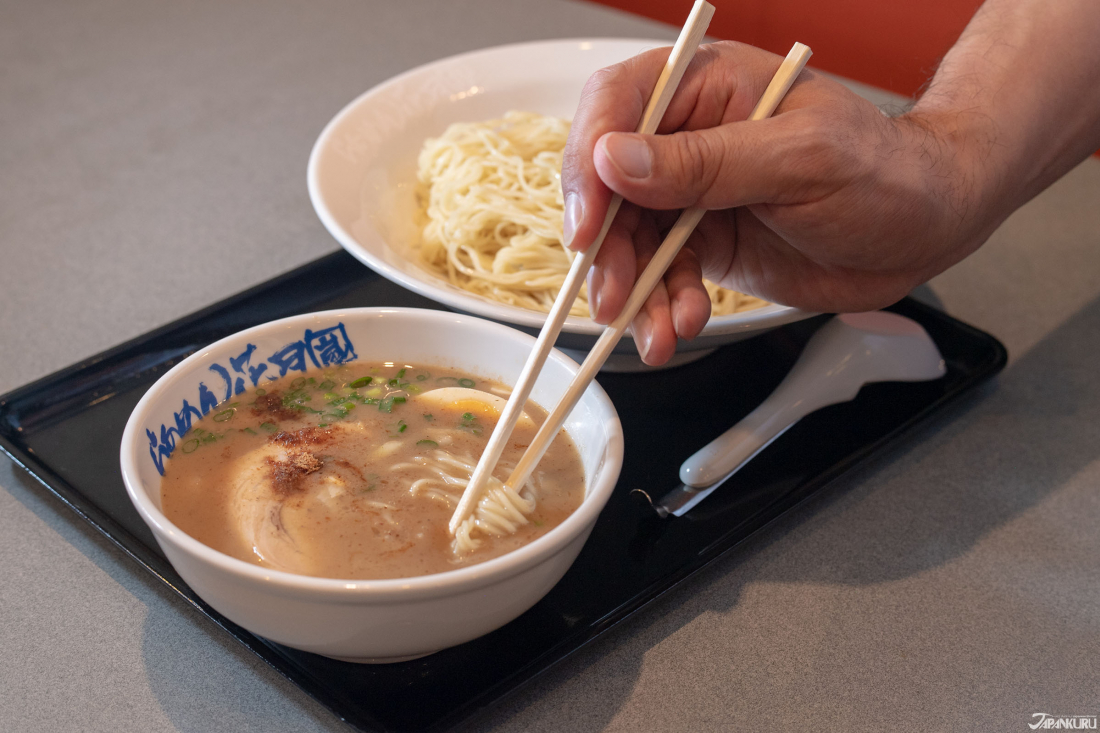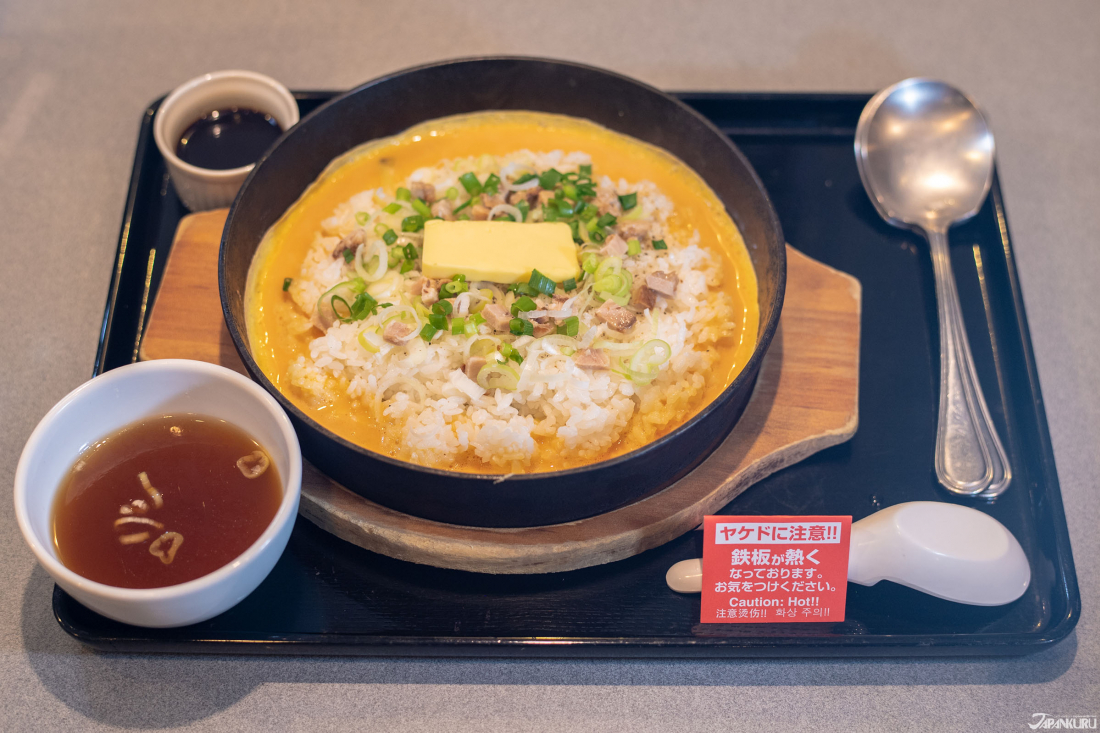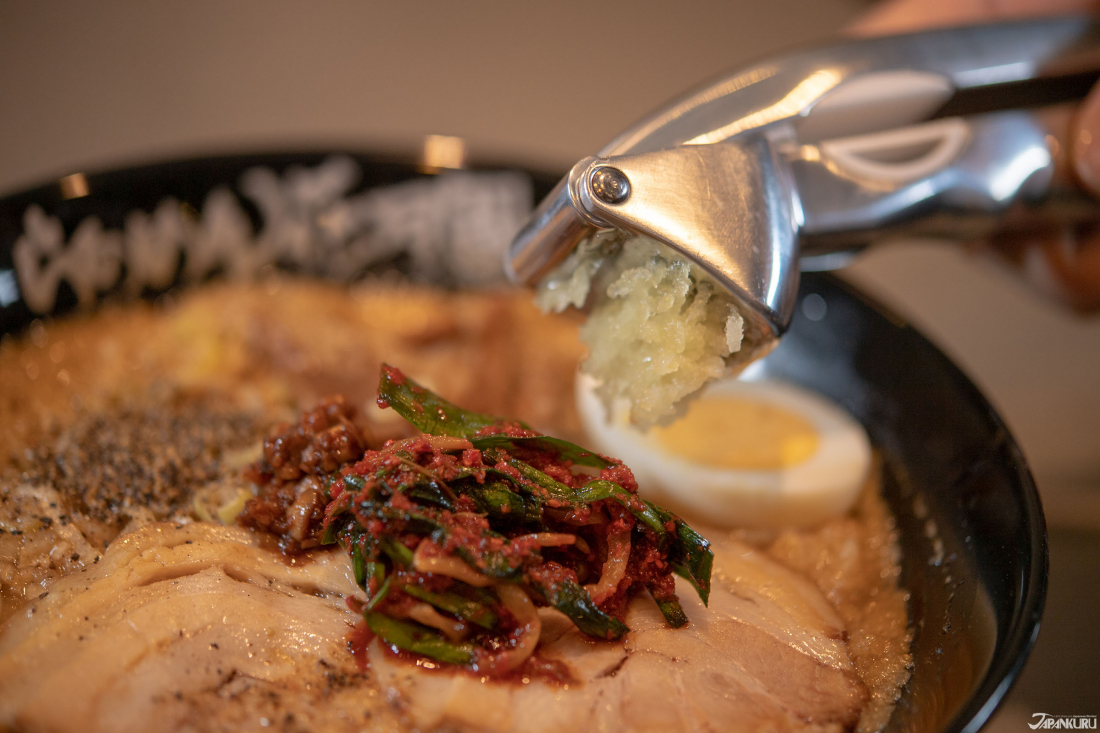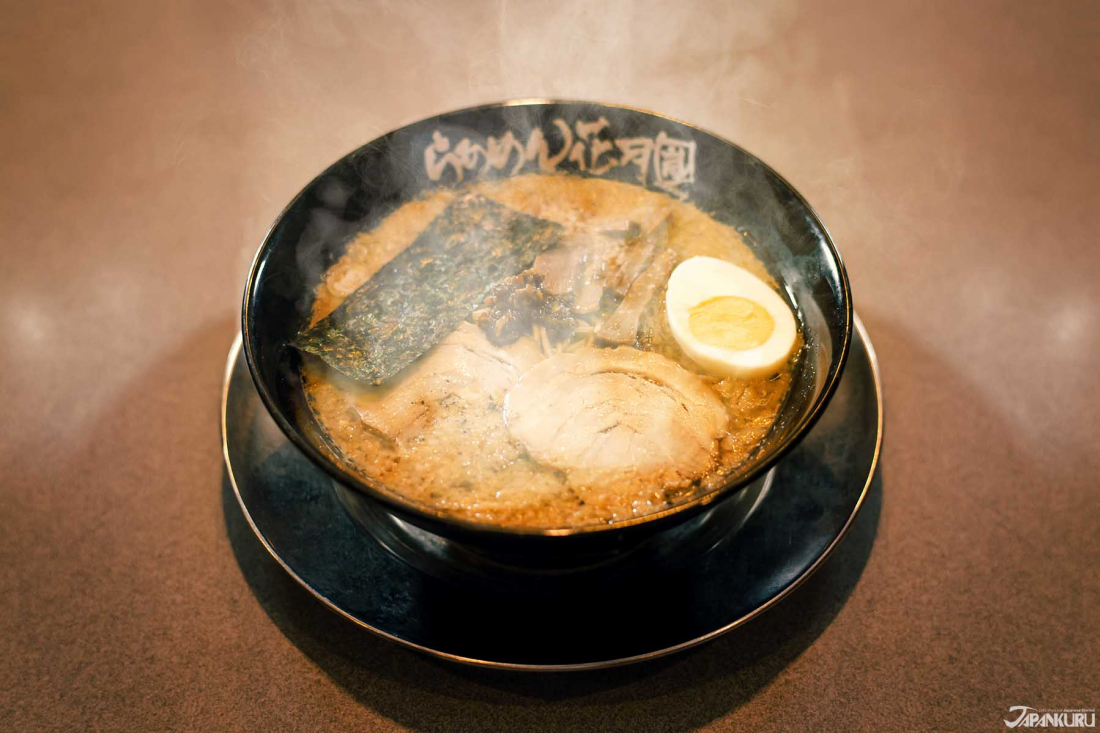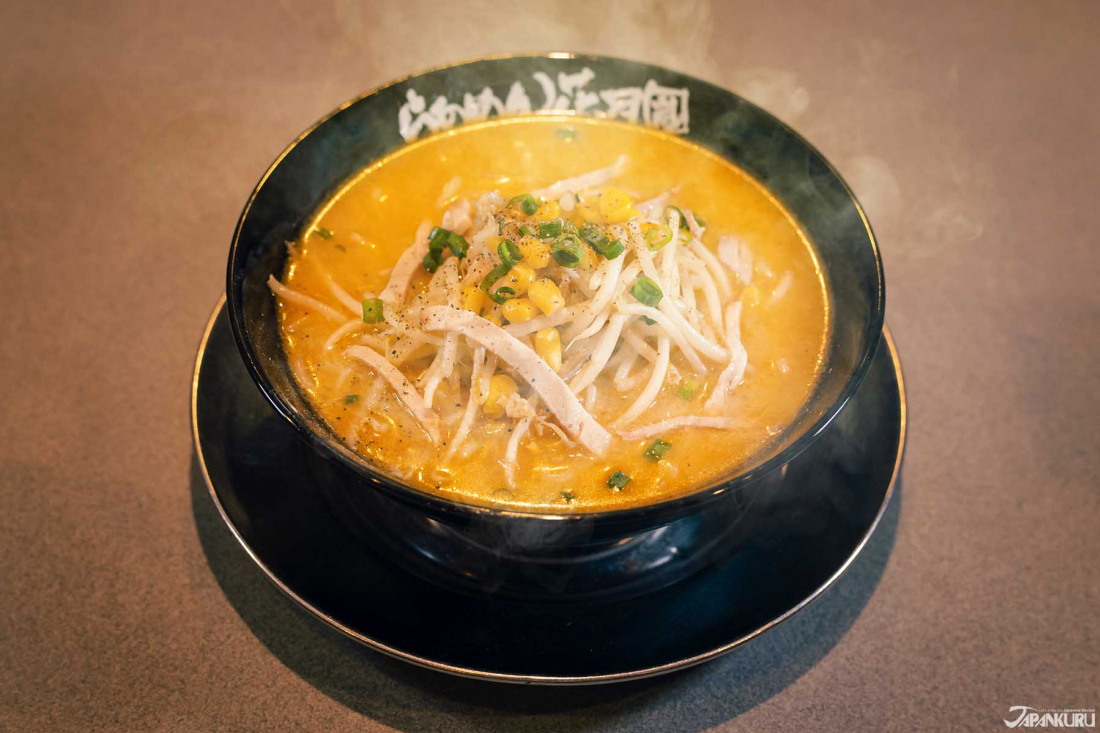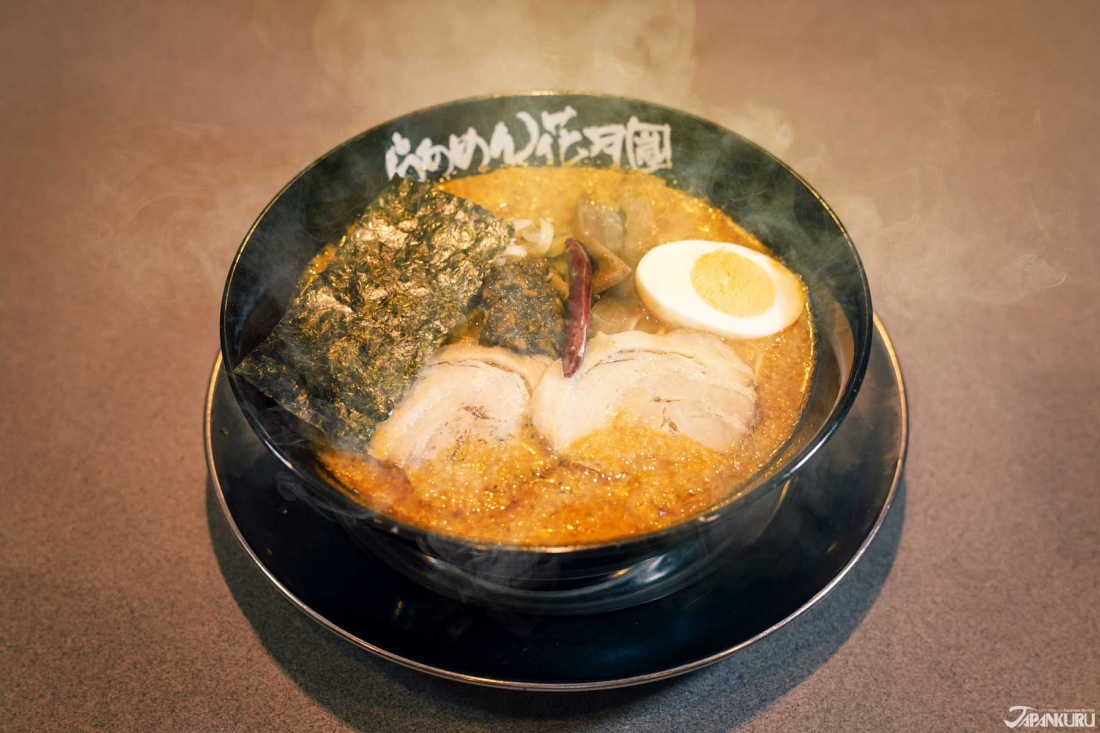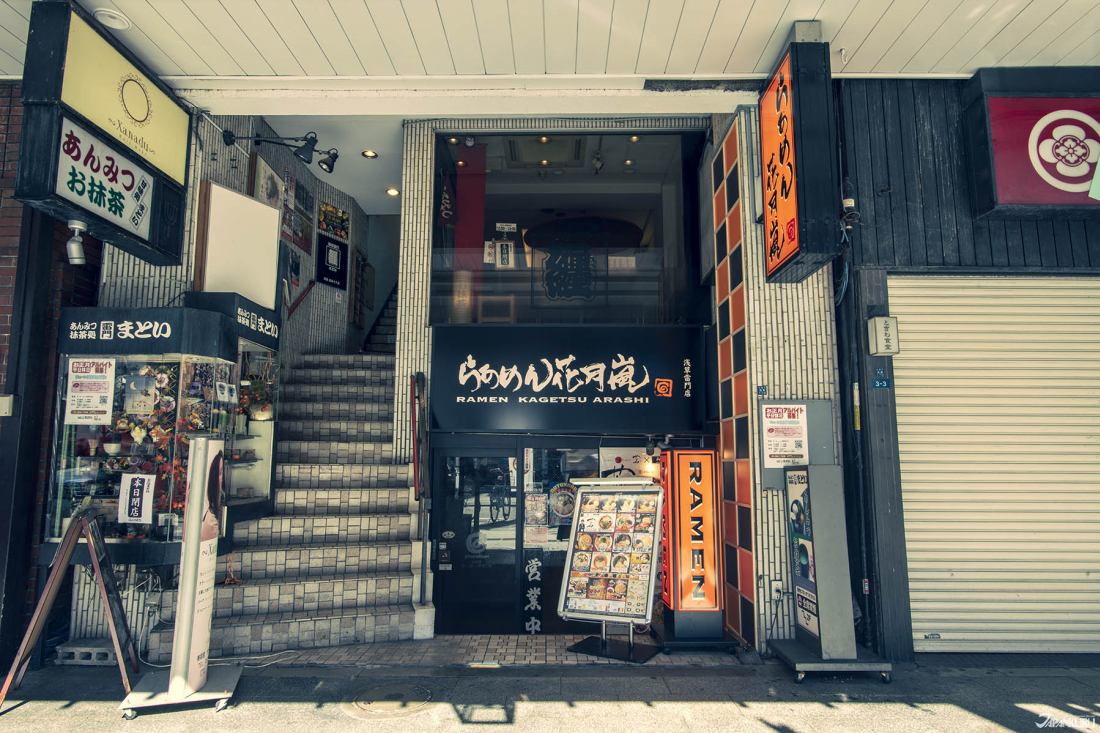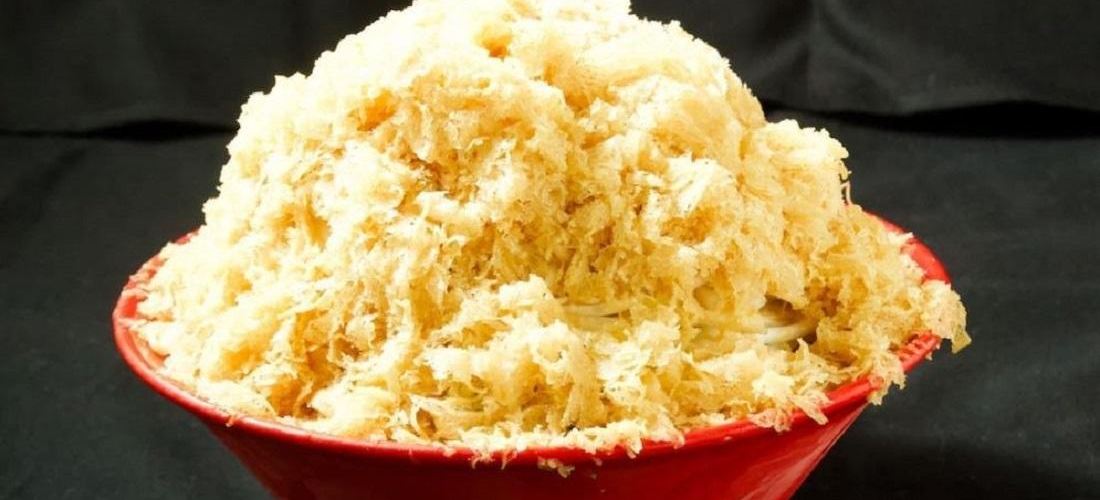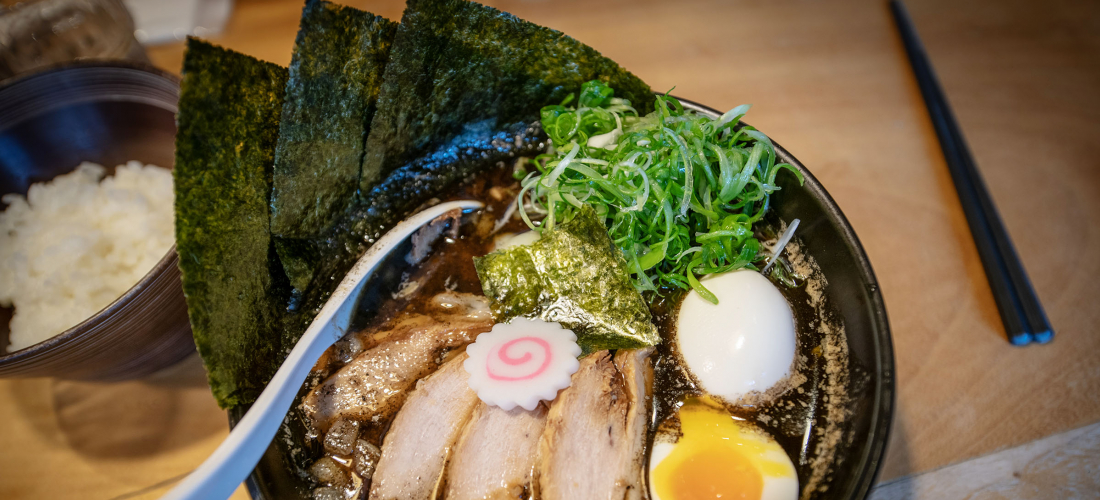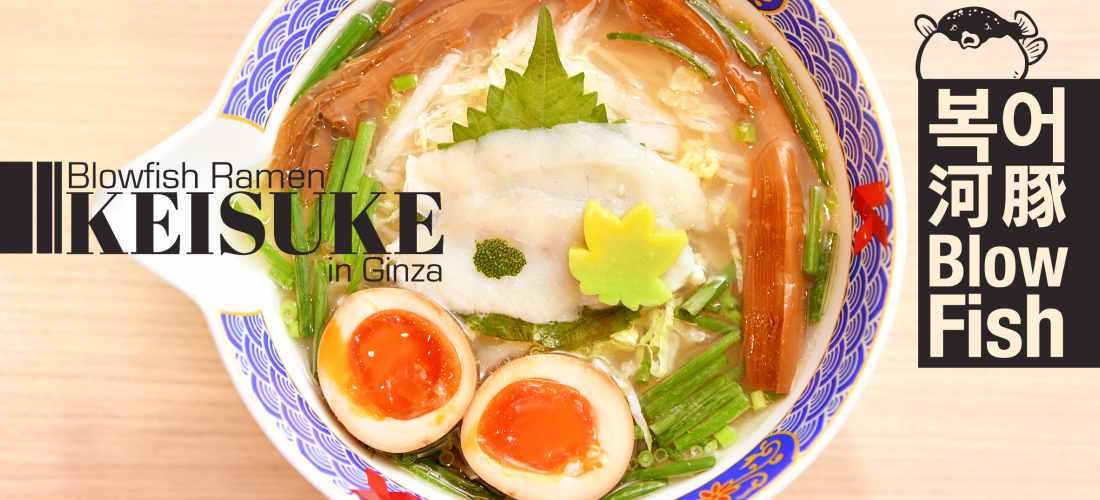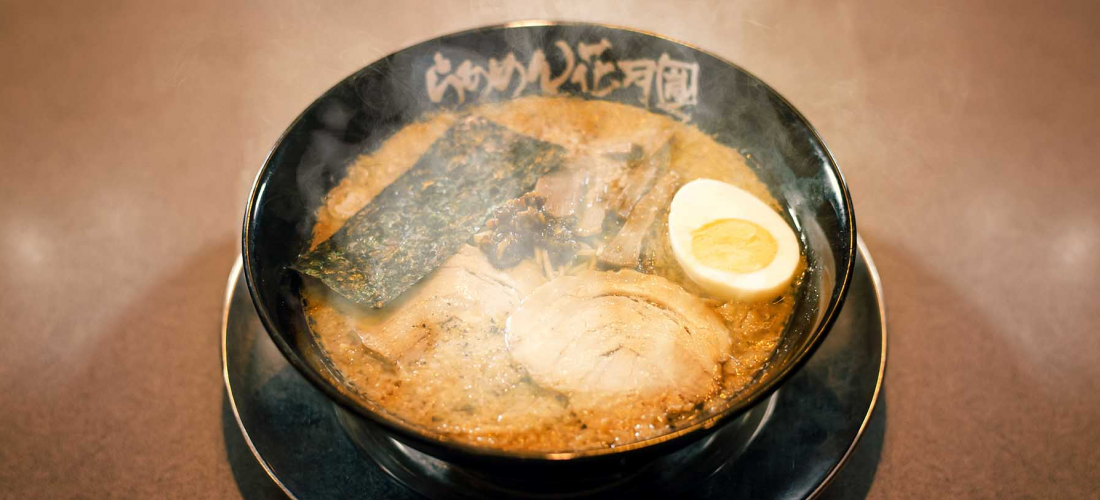
CONTENTS
Calling all food lovers in Tokyo! Ramen Kagetsu Arashi comes highly recommended. Of course, a trip to Tokyo isn’t complete without a visit to Asakusa, anyway. Unlike the super urban atmosphere that permeates so much of the city, Asakusa is made up of streets colored with a bit of traditional Japanese style. Great for sight-seeing, and even better for enjoying some delicious ramen!
Ramen Kagetsu Arashi
Asakusa, Tokyo
With Sensoji Temple (浅草寺) at its center, Asakusa's streets lined with historic shrines and long-established shops radiate out in all directions. As a popular destination among travelers, there are things to see all over the neighborhood, places to try on traditional kimono, chic cafes, and enough intriguing shopping spots to keep you busy all day in this lively area.
Today we'd like to introduce you to a popular ramen eatery, practically next door from the giant Asakusa landmark of Kaminarimon Gate (雷門), called Ramen Kagetsu Arashi.
You'll find Ramen Kagetsu Arashi just 30~40m (100ft or so) from the famous Kaminarimon Gate, which is a standard part of any Asakusa itinerary.
Ramen Kagetsu Arashi is actually a popular ramen chain in Japan. They've been in business for 27 years now, and expanded to 250 different locations across Japan. The "Arashi" (嵐) in the store's name means "storm" or even "typhoon", and was chosen because Ramen Kagetsu Arashi hopes to spread delicious ramen culture like the spread of winds in a storm.
Despite the ramen shop's popularity, this location isn't overly crowded at lunch, and customers can usually sit down without much of a wait. When asked to explain this unusual phenomenon, Ramen Kagetsu Arashi's manager noted that the majority of this location's customers are foreign travelers and, interestingly, lots of people who work at other restaurants nearby. This means that their mid-day rush is spread out, and even customers who arrive at peak lunch hours can walk right in.
Ramen Kagetsu Arashi (らあめん花月嵐)
Address: 1-3-3 Asakusa, Taito City, Tokyo
Hours: 11:00 – 26:00
Access: Asakusa Station
Official Website (jp)
English Menu
The shop's atmosphere is comfortable and welcoming, with both counter and table seats to choose from.
Worried your Japanese isn't up to snuff? Don't be! You can order everything first thing using their ticket vending machine, and you don't need to read a word of Japanese to do it. Change to screen's language to English (or Chinese, Korean, etc) and make your order without a moment of confusion.
Of course you can pay for everything in cash, but you can also take advantage of your Japanese IC transit card and pay for everything with just a tap against the reader! (They don't accept credit cards, however.)
After making your order with the handy vending machine, staff are there to quickly start preparing your meal, and they can even help you in your language of choice! Although the shop staff varies day to day, among them are members who speak English and Chinese.
Recommendations Straight from the Manager!
① Ramen Kagetsu Arashi’s #1 Most Popular Menu Item
Arashi Genkotsu Ramen (嵐げんこつらあめん)
The most popular dish on the shop's menu, their Arashi Genkotsu Ramen is a Tokyo-style tonkotsu (豚骨) broth ramen. This ramen boasts some unique qualities that you won't find elsewhere. First off, you can choose from three flavors to compliment the genkotsu ramen: shoyu (醤油, soy sauce), shio (塩, salt), or miso (味噌).
When you order a standard tonkotsu ramen elsewhere, garlic gets added to the finished soup. At Ramen Kagetsu Arashi, however, they add the garlic in early, so that it's simmered in the broth and imparts a deep, mellow flavor full of umami. The soup has a pleasingly gentle garlic fragrance, but it's not an overly-strong lingering smell, all of which makes it quite popular!
They've got a kid's meal, too! This little set comes with a bowl of ramen that's half the size but still has all that great flavor, alongside an "umaibo" (うまい棒), a popular crunchy Japanese snack. Together with the set drink, it's a platter sure to bring smiles to kids' faces! (Exact meal contents may vary.)
② Specialty Ramen Dishes
Golden Miso Ramen
Mixed to that perfect golden ratio from three different varieties of miso, this miso ramen uses Kogane (黄金, or "golden") miso, a combination of red and white miso. The ramen's plentiful, chewy "futomen" (太麺, thick noodles) give the dish a substantiality that leaves you feeling full and satisfied. Plus, since the chashu pork that tops the bowl is sliced up before serving, it's easy to dig right in.
Barikara (Super Spicy) Ramen
Take the restaurant's popular Arashi Genkotsu Ramen, add a specialty super-hot and super-tasty spice mix, and what do you get? It's Ramen Kagetsu Arashi's Super Spicy Ramen made with hosomen (細麺, thin noodles), and heat-lovers just can't get enough. The secret to this ramen's spicy kick is actually the addition of habaneros!
Buta Soba Tsukemen
Dip these tsukemen into a double soup base broth, made with both pork and fish. You'll notice the richness of the pork accented by the lighter fish flavor in this dish you can only find here. It's a chance to try an all-new ramen variety.
Tsukemen means, literally, noodles dipped in their accompanying soup. So that's just what you should do! Take the bare strands and mix them around in the broth before slurping them up.
③ Non-Ramen Recommendations
Highballs & Accompanying Snacks
For guests who come into the shop looking for a relaxed drink, Ramen Kagetsu Arashi also offers alcohol and snacks to go with it. Don't go thinking bars or Japanese izakaya are the only places for a good drink! We were pretty shocked at the size of the highballs here. Their glasses, twice the size you might expect, leave quite an impression.
For those who like a refreshing beverage at the end of a long day of sightseeing, why not stop by the convenient Ramen Kagetsu Arashi to quench your thirst?
Teppan Fried Rice
Fried rice is a standard menu item at Japanese ramen shops. Here, however, they don't offer just any old fried rice. The ingredients for Teppan Fried Rice come to the table in a sizzling hot pan, where you mix them to perfection on your own. One pan-full makes a perfect side dish for 2 or 3 people when eaten with noodles of your choice, so they recommend you share it between everyone!
They even use butter instead of plain oil, adding rich flavor to the dish.
The Unique Appeal of Ramen Kagetsu Arashi
Point ① Enjoy The Spectrum of Flavor Available Using the Many Condiments!
This ramen shop has a pretty wide variety of additions you can use to change up the flavor of your ramen, but the following four are all free condiments that we think are worth a try.
❶ Black Pepper: A basic seasoning that goes with any kind of ramen!
❷ The Secret Sauce: This specialty condiment is made with a secret formula. You can ask for the recipe, but they won't tell! ✨
❸ Fresh-Crushed Garlic: If you want a blast of extra garlic flavor, grab one of their garlic presses and add your own crushed garlic to taste.
❹ Super-Spicy Garlic Chives & Bean Sprouts: This topping is actually quite rare, but it adds a distinct and delicious new flavor to your ramen!
Point ② Taste Noodles Made to Maximize the Soup’s Flavor
Ramen Kagetsu Arashi has two kinds of noodles, thick and thin, and uses them in different ramen varieties to emphasize the flavors. The thicker noodles are added to richer broths like the miso ramen or the tsukemen, whereas the Arashi Genkotsu Ramen uses thin noodles. Since the soup sticks to each individual noodle, they have the two different types to help diners get the most out of each of the unique ramen flavor combinations. The restaurant's hospitable attitude is even reflected in their noodles!
With So Many Great Options, Find the Ramen that Suites Your Palate!
The restaurant's specialty, Arashi Genkotsu Ramen.
The exquisitely blended Golden Miso Ramen.
Or maybe the Barikara (Super-Spicy) Ramen, with spice that really packs a punch! Whether one of these ramens calls to you, or you're leaning towards something like the delicately flavored pork and fish tsukemen, thanks to the piping hot rice dishes and a plentiful selection of sides, you and all your travel companions will be sure to have a great meal at Ramen Kagetsu Arashi.
Flavor You’ll Never Forget!
Give this rich and flavorful ramen a try, and you'll soon be back for more! And since they regularly collaborate with other famous ramen shops and offer regional varieties, the intriguing new options and flavors will draw you in again and again, whenever you're in Japan! So stop by next time you're in Asakusa – you might just find a new favorite in a bowl of their special Arashi Genkotsu Ramen!
Ramen Kagetsu Arashi (らあめん花月嵐)
Address: 1-3-3 Asakusa, Taito City, Tokyo
Hours: 11:00 – 26:00
Access: Asakusa Station
Official Website (jp)
English Menu
Details
NAME:Ramen Kagetsu Arashi (らあめん花月嵐)
MAP
ACCESS:Asakusa Station (浅草駅)
CONTACT TEL:03-3847-8223
COMMENT
FEATURED MEDIA
VIEW MORE 
A New Tokyo Animal Destination: Relax & Learn About the World’s Animals in Japan
#pr #japankuru #anitouch #anitouchtokyodome #capybara #capybaracafe #animalcafe #tokyotrip #japantrip #카피바라 #애니터치 #아이와가볼만한곳 #도쿄여행 #가족여행 #東京旅遊 #東京親子景點 #日本動物互動體驗 #水豚泡澡 #東京巨蛋城 #เที่ยวญี่ปุ่น2025 #ที่เที่ยวครอบครัว #สวนสัตว์ในร่ม #TokyoDomeCity #anitouchtokyodome

Shohei Ohtani Collab Developed Products & Other Japanese Drugstore Recommendations From Kowa
#pr #japankuru
#kowa #syncronkowa #japanshopping #preworkout #postworkout #tokyoshopping #japantrip #일본쇼핑 #일본이온음료 #오타니 #오타니쇼헤이 #코와 #興和 #日本必買 #日本旅遊 #運動補充能量 #運動飲品 #ช้อปปิ้งญี่ปุ่น #เครื่องดื่มออกกำลังกาย #นักกีฬา #ผลิตภัณฑ์ญี่ปุ่น #อาหารเสริมญี่ปุ่น

도쿄 근교 당일치기 여행 추천! 작은 에도라 불리는 ‘가와고에’
세이부 ‘가와고에 패스(디지털)’ 하나면 편리하게 이동 + 가성비까지 완벽하게! 필름카메라 감성 가득한 레트로 거리 길거리 먹방부터 귀여움 끝판왕 핫플&포토 스폿까지 총집합!
Looking for day trips from Tokyo? Try Kawagoe, AKA Little Edo!
Use the SEIBU KAWAGOE PASS (Digital) for easy, affordable transportation!
Check out the historic streets of Kawagoe for some great street food and plenty of picturesque retro photo ops.
#pr #japankuru #도쿄근교여행 #가와고에 #가와고에패스 #세이부패스 #기모노체험 #가와고에여행 #도쿄여행코스 #도쿄근교당일치기 #세이부가와고에패스
#tokyotrip #kawagoe #tokyodaytrip #seibukawagoepass #kimono #japantrip

Hirakata Park, Osaka: Enjoy the Classic Japanese Theme Park Experience!
#pr #japankuru #hirakatapark #amusementpark #japantrip #osakatrip #familytrip #rollercoaster #retrôvibes #枚方公園 #大阪旅遊 #關西私房景點 #日本親子旅行 #日本遊樂園 #木造雲霄飛車 #히라카타파크 #สวนสนุกฮิราคาตะพาร์ค

🍵Love Matcha? Upgrade Your Matcha Experience With Tsujiri!
・160년 전통 일본 말차 브랜드 츠지리에서 말차 덕후들이 픽한 인기템만 골라봤어요
・抹茶控的天堂!甜點、餅乾、飲品一次滿足,連伴手禮都幫你列好清單了
・ส่องมัทฉะสุดฮิต พร้อมพาเที่ยวร้านดังในอุจิ เกียวโต
#pr #japankuru #matcha #matchalover #uji #kyoto #japantrip #ujimatcha #matchalatte #matchasweets #tsujiri #말차 #말차덕후 #츠지리 #교토여행 #말차라떼 #辻利抹茶 #抹茶控 #日本抹茶 #宇治 #宇治抹茶 #日本伴手禮 #抹茶拿鐵 #抹茶甜點 #มัทฉะ #ของฝากญี่ปุ่น #ชาเขียวญี่ปุ่น #ซึจิริ #เกียวโต

・What Is Nenaito? And How Does This Sleep Care Supplement Work?
・你的睡眠保健品——認識「睡眠茶氨酸錠」
・수면 케어 서플리먼트 ‘네나이토’란?
・ผลิตภัณฑ์เสริมอาหารดูแลการนอน “Nenaito(ネナイト)” คืออะไร?
#pr #japankuru #sleepcare #japanshopping #nenaito #sleepsupplement #asahi #睡眠茶氨酸錠 #睡眠保健 #朝日 #l茶胺酸 #日本藥妝 #日本必買 #일본쇼핑 #수면 #건강하자 #네나이토 #일본영양제 #อาหารเสริมญี่ปุ่น #ช้อปปิ้งญี่ปุ่น #ร้านขายยาญี่ปุ่น #ดูแลตัวเองก่อนนอน #อาซาฮิ

Japanese Drugstore Must-Buys! Essential Items from Hisamitsu® Pharmaceutical
#PR #japankuru #hisamitsu #salonpas #feitas #hisamitsupharmaceutical #japanshopping #tokyoshopping #traveltips #japanhaul #japantrip #japantravel

Whether you grew up with Dragon Ball or you just fell in love with Dragon Ball DAIMA, you'll like the newest JINS collab. Shop this limited-edition Dragon Ball accessory collection to find some of the best Dragon Ball merchandise in Japan!
>> Find out more at Japankuru.com! (link in bio)
#japankuru #dragonball #dragonballdaima #animecollab #japanshopping #jins #japaneseglasses #japantravel #animemerch #pr

This month, Japankuru teamed up with @official_korekoko to invite three influencers (originally from Thailand, China, and Taiwan) on a trip to Yokohama. Check out the article (in Chinese) on Japankuru.com for all of their travel tips and photography hints - and look forward to more cool collaborations coming soon!
【橫濱夜散策 x 教你怎麼拍出網美照 📸✨】
每次來日本玩,是不是都會先找旅日網紅的推薦清單?
這次,我們邀請擁有日本豐富旅遊經驗的🇹🇭泰國、🇨🇳中國、🇹🇼台灣網紅,帶你走進夜晚的橫濱!從玩樂路線到拍照技巧,教你怎麼拍出最美的夜景照。那些熟悉的景點,換個視角說不定會有新發現~快跟他們一起出發吧!
#japankuru #橫濱紅磚倉庫 #汽車道 #中華街 #yokohama #japankuru #橫濱紅磚倉庫 #汽車道 #中華街 #yokohama #yokohamaredbrickwarehouse #yokohamachinatown

If you’re a fan of Vivienne Westwood's Japanese designs, and you’re looking forward to shopping in Harajuku this summer, we’ve got important news for you. Vivienne Westwood RED LABEL Laforet Harajuku is now closed for renovations - but the grand reopening is scheduled for July!
>> Find out more at Japankuru.com! (link in bio)
#japankuru #viviennewestwood #harajuku #omotesando #viviennewestwoodredlabel #viviennewestwoodjapan #비비안웨스트우드 #오모테산도 #하라주쿠 #日本購物 #薇薇安魏斯伍德 #日本時尚 #原宿 #表參道 #japantrip #japanshopping #pr

Ready to see TeamLab in Kyoto!? At TeamLab Biovortex Kyoto, the collective is taking their acclaimed immersive art and bringing it to Japan's ancient capital. We can't wait to see it for ourselves this autumn!
>> Find out more at Japankuru.com! (link in bio)
#japankuru #teamlab #teamlabbiovortex #kyoto #kyototrip #japantravel #artnews
Photos courtesy of teamLab, Exhibition view of teamLab Biovortex Kyoto, 2025, Kyoto ® teamLab, courtesy Pace Gallery

Japanese Makeup Shopping • A Trip to Kamakura & Enoshima With Canmake’s Cool-Toned Summer Makeup
#pr #canmake #enoshima #enoden #에노시마 #캔메이크 #japanesemakeup #japanesecosmetics

⚔️The Robot Restaurant is gone, but the Samurai Restaurant is here to take its place. Check it out, and don't forget your coupon!
🍣신주쿠의 명소 로봇 레스토랑이 사무라이 레스토랑으로 부활! 절찬 쿠폰 발급중
💃18歲以上才能入場的歌舞秀,和你想的不一樣!拿好優惠券去看看~
#tokyo #shinjuku #samurairestaurant #robotrestaurant #tokyotrip #도쿄여행 #신주쿠 #사무라이레스토랑 #이색체험 #할인이벤트 #歌舞伎町 #東京景點 #武士餐廳 #日本表演 #日本文化體驗 #japankuru #japantrip #japantravel #japanlovers #japan_of_insta

Japanese appliance & electronics shopping with our KOJIMA x BicCamera coupon!
用JAPANKURU的KOJIMA x BicCamera優惠券買這些正好❤️
코지마 x 빅 카메라 쿠폰으로 일본 가전 제품 쇼핑하기
#pr #japankuru #japanshopping #kojima #biccamera #japaneseskincare #yaman #dji #osmopocket3 #skincaredevice #日本購物 #美容儀 #相機 #雅萌 #日本家電 #일본여행 #면세 #여행꿀팁 #일본쇼핑리스트 #쿠폰 #일본쇼핑 #일본브랜드 #할인 #코지마 #빅카메라 #japankurucoupon

